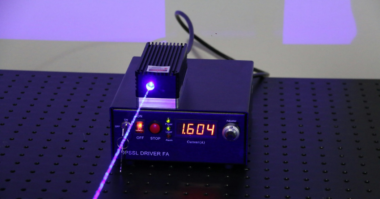From a holistic RCA perspective…
“What are the top 5 keys to focus on when trying to change a Root Cause Analysis (RCA) culture from one of a reaction to proaction?”

1. INITIATE A SMALL % OF PROACTIVE RCAS. Typically RCA ‘triggers’ are focused on singular events with high impacts, so the triggers are high. What about the chronic failures that on their individual occurrences, do not meet that threshold…but they happen daily? What about the near misses and high risks that had a ‘potentially’ high impact, but we got lucky that day and dodged a bullet? Initially focus a small % of your RCA’s on proactive applications like a) chronic failures, b) near misses and c) unacceptable risks (as identified in risk analyses like FMEAs). There is no reason we cannot do an effective RCA on these types of events. If successful at doing this, it will gradually decrease the need to conduct emergency, reactive analyses.

2. FOSTER A QUESTIONING ATTITUDE. When having to react, focus on why there was a need to react. It is not good enough to just become a better responder. A proactive culture will seek to thoroughly understand why we needed to react in the first place. A proactive culture promotes a ‘questioning attitude‘ that accepts nothing at face value. A proactive culture listens to the questions and seeks to understand why they are being asked, versus just ‘hearing’ them and doing nothing.

3. REJECT ‘SHALLOW CAUSE ANALYSES’. If an RCA stops at replacing parts (physical roots) or blaming a decision-maker (human roots)…it is a Shallow Cause Analysis NOT a Root Cause Analysis. This fosters reaction and prevents proaction. A true RCA will see to understand why good people made inappropriate decisions, on any given day. Seeking to understand how deficient/flawed organizational systems (i.e. – policies, procedures, incentive systems, training systems, communication systems, and the like) victimize the decision-makers is a key signal of an emerging proactive culture.

4. EDUCATE LEADERSHIP ON HOW TO SUPPORT A PROACTIVE CULTURE. Educate leadership in how to support proactive efforts (especially in Reliability, Maintenance, Safety and RCA). Many in leadership believe their support ends with writing a check. They should be aware of how they can demonstrate support for what their people are learning. They should also set expectations for their investment in proaction…how will they know it’s working? Another key signal of an evolving, proactive culture is when leadership is able, in public, to look in the mirror and acknowledge they can be, or are part of, the problem (since they are responsible for developing effective organizational systems).

5. ENCOURAGE PROACTION AS A WAY OF LIFE. Proaction is a way of life…not just a job. The proactive principles that one learns will be just as effective and applicable at home, as they are at work. Proaction is NOT something you leave at the gate! Are you living a proactive life at home by eating healthy, exercising and doing ‘PM’s via your health checks? Do you periodically inspect your house and car for any potential issues? Do you change your A/C filters on a regular basis, as well as your fire alarm batteries? These are all signs of a proactive mindset in our personal lives…its not just at our jobs:-)
About the Author
Robert (Bob) J. Latino is currently CEO of Reliability Center, Inc. (RCI). RCI is a 49-year-old Reliability Engineering Consulting firm specializing in Equipment, Process and Human Reliability. Bob has been facilitating RCA’s with his clientele around the world for over 36 years and has taught over 10,000 students in the PROACT® RCA methodology.
Recent books by Bob and his brothers:
Root Cause Analysis: Improving Performance for Bottom-Line Results (5th Ed)





Comments